Neodymium / Alexandrite Glass Identification Guide + Gallery
Back to Glass Encyclopedia Home
Neodymium glass (also known as Alexandrite glass), changes colour according to different lighting conditions. The glass appears lilac (or sometimes pink) in natural sunlight or yellow artificial light, and smoky blue in fluorescent/white light. This is due to the presence of Neodymium oxide (Nd²O³) in the glass. Glassware containing Neodymium was produced in several countries, including Scandinavia, Italy, and the Czech Republic. The shades of lilac, pink and blue can vary greatly depending on the glass mixture.
Buy Neodymium Glass Products in our Online Glass Store

A Czech pink / lilac neodymium glass vase / bowl. Made by Zelezny Brod Sklo, labelled.
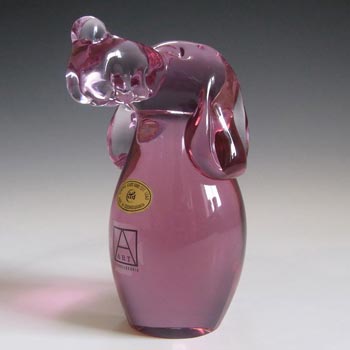
A Czech pink / lilac neodymium glass dog sculpture. Made by Zelezny Brod Sklo, labelled.
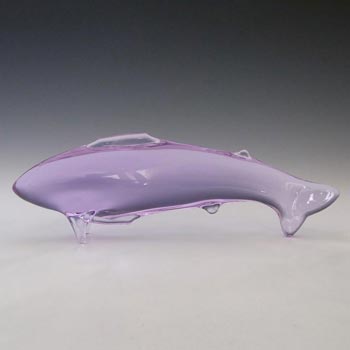
A Czech pink / lilac neodymium glass fish sculpture. Made by Zelezny Brod Sklo, designed by Miloslav Janku.
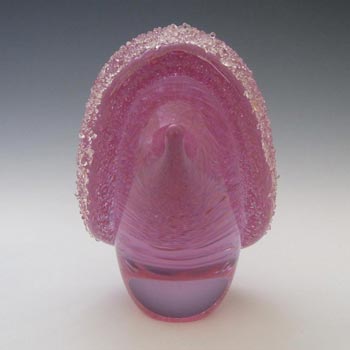
A Czech pink / lilac neodymium glass hedgehog sculpture. Made by Zelezny Brod Sklo.
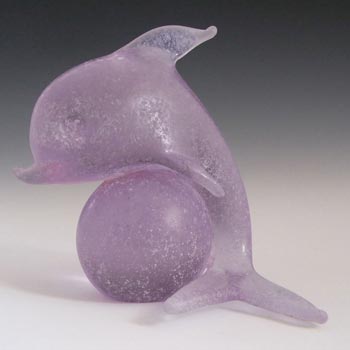
An Italian Murano lilac / blue neodymium glass dolphin sculpture. Made by V. Nason & Co, labelled.
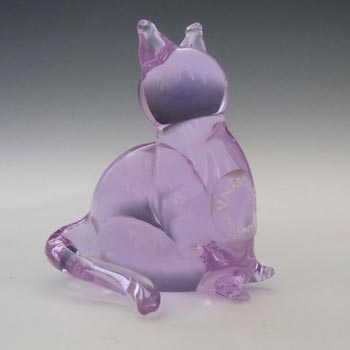
An Italian Murano lilac / blue neodymium glass cat sculpture. Made by V. Nason & Co, labelled.
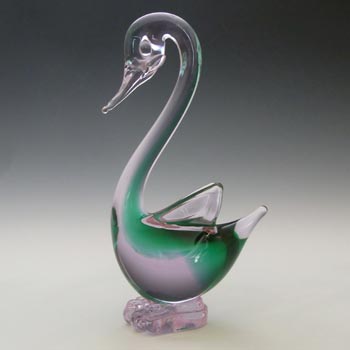
An Italian Murano green and lilac / blue neodymium sommerso glass swan sculpture. Manufacturer unknown.
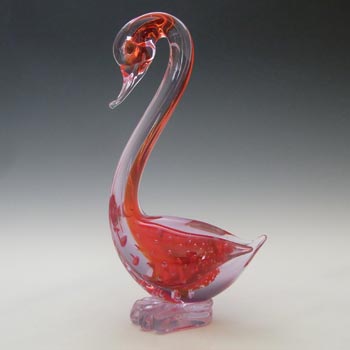
An Italian Murano red and lilac / blue neodymium sommerso glass swan sculpture. Manufacturer unknown.
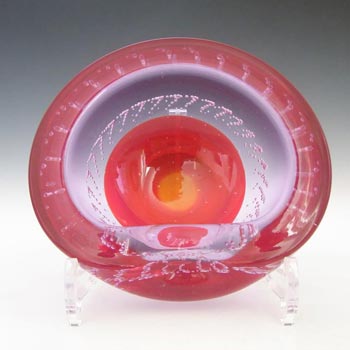
An Italian Murano red and lilac / blue neodymium glass bowl / ashtray. Made by Galliano Ferro.
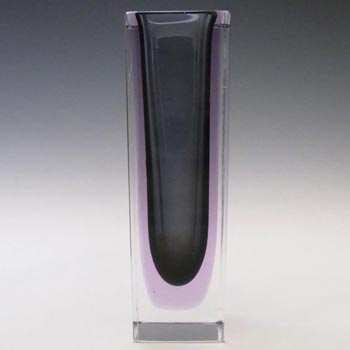
An Italian Murano grey and lilac / blue neodymium sommerso glass block vase. Manufacturer uknown.
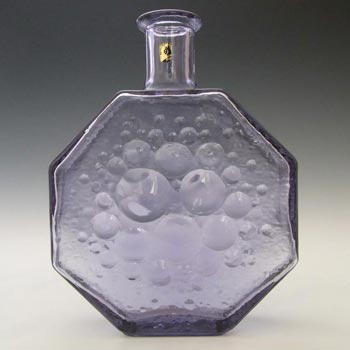
A Scandinavian lilac / blue neodymium glass "Polaris" bottle vase. Made by Riihimaki of Finland, labelled.
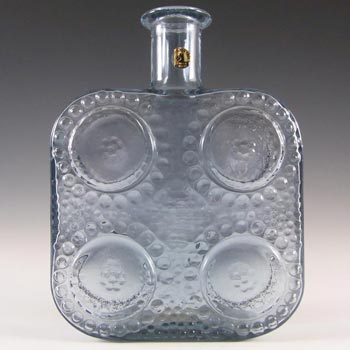
A Scandinavian lilac / blue neodymium glass "Grapponia" bottle vase. Made by Riihimaki of Finland, labelled.
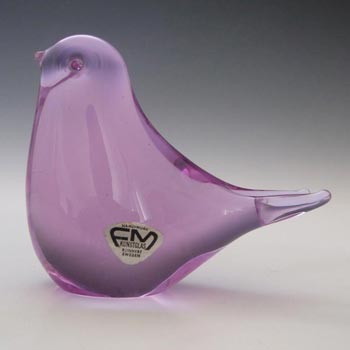
A Scandinavian lilac / blue neodymium glass bird sculpture. Made by FM Konstglas of Sweden, labelled.
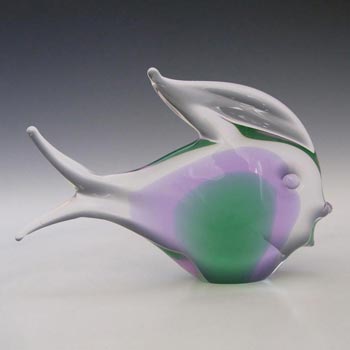
An Scandinavian green, clear and lilac / blue neodymium sommerso glass fish sculpture. Made by FM Konstglas of Sweden.
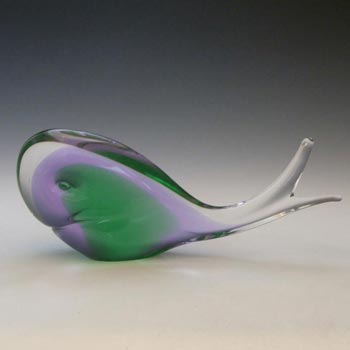
An Scandinavian green, clear and lilac / blue neodymium sommerso glass whale sculpture. Made by FM Konstglas of Sweden, signed.
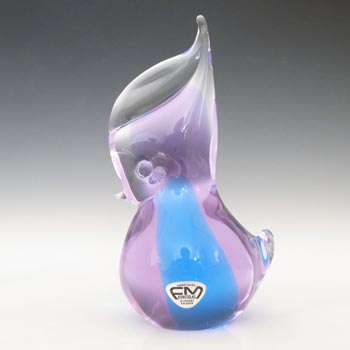
An Scandinavian blue, clear and lilac / blue neodymium sommerso glass bird sculpture. Made by FM Konstglas of Sweden, signed and labelled.
View more Neodymium Glass examples in our Glass Reference Database
Buy Neodymium Glass Products in our Online Glass Store
Neodymium Glass on eBay UK
As an eBay Partner, I may be compensated if you make a purchase.
As an eBay Partner, I may be compensated if you make a purchase.
Neodymium Glass on eBay USA
As an eBay Partner, I may be compensated if you make a purchase.
As an eBay Partner, I may be compensated if you make a purchase.















